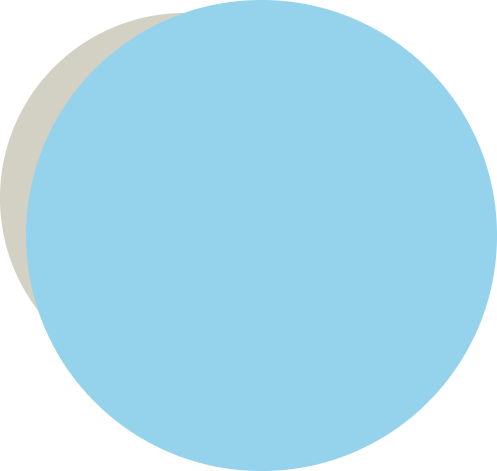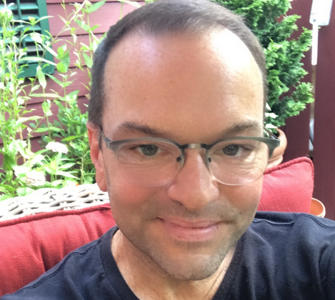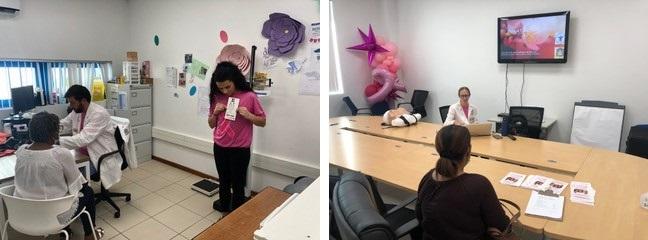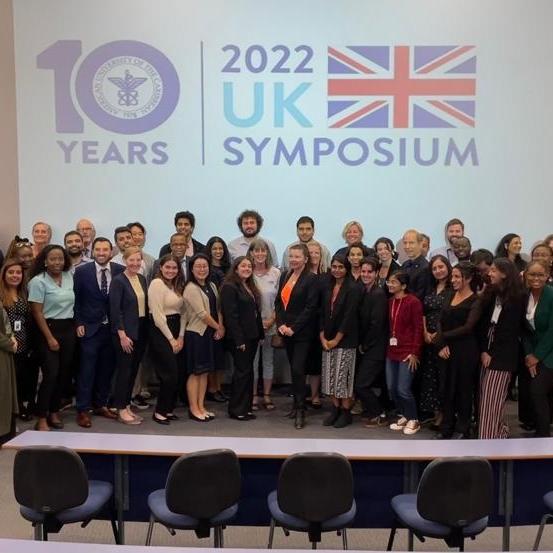As a third-year medical student at American University of the Caribbean School of Medicine (AUC), Tasha Chase has dedicated countless hours to the study and application of medicine—both in the medical school classroom and through service-learning opportunities in Sint Maarten, Honduras, and Peru. Her desire to practice what she has learned so far inspired her application to the International Children’s Heart Foundation’s surgical mission trip to Guayaquil, Ecuador.
In December 2014, she embarked on a two-week journey that solidified her passion for the study and practice of medicine.
This is her story—in her words.
Two Weeks in Ecuador Expands View of Medicine’s Role
Upon receiving the news that I was selected as a medical volunteer for the International Children’s Heart Foundation (ICHF), to say that I was excited would be putting it mildly. While I’ve previously traveled to Honduras with the University of Connecticut Global Medical Brigades, and to Peru through MEDLIFE: UConn, an organization I founded during my undergraduate years, this one was different. The trip with ICHF allowed me to immerse myself in the world of cardiothoracic surgery. At least, that’s what I was initially focused on.
However, by the time my trip was over, I realized that what I took away was so much greater than an expanded medical knowledge base. My time in Ecuador opened my eyes to the far-reaching role of medicine in the well-being of individuals, communities, and entire countries. I will carry this lesson with me for the rest of my life, knowing that it will shape me into the doctor I’ve dreamed of becoming.
Hands-on Involvement in Pediatric Surgery
Three days into the trip, it hit me. I would be given the opportunity to be involved in every aspect of the care our patients received. From screening patients to determine if they were candidates for corrective open-heart surgery, reviewing echocardiograms and chest X-rays for cardiac defects, observing and scrubbing into the surgery, and witnessing the recovery— I would be on the front lines of medicine.
The entire process was led by two surgeons, one from our team and the other a local surgeon. Though they spoke different languages, their work was completely seamless, with each anticipating the other’s moves. It was inspiring to watch, and I was grateful that they also took the time to explain each part of the procedure, answer my questions, and allow me to assist.
As I stood in the operating room, about to witness a child’s surgery, it was hard to believe that just a few short months before, I was a student sitting in class discussing the science behind these procedures.
There is really no way to explain what it feels like to see a beating heart in front of you on the operating table. I saw the healing power of medicine as the surgeons stopped the heart, repaired the defect, and restarted the heart. The four-hour surgery flew by in what seemed like minutes, but it will impact that child for the rest of her life. To be part of that was an experience I will never forget.
Our care for the patient didn’t stop when the operation was over. In the Pediatric Intensive Care Unit (PICU), we assisted the nurses as they monitored patients, administered medicine, and took care of them during recovery. My time in the PICU allowed me to spend time with the patients and their families. Many of them struggled to find medical care. One family told me about their lives in the mountains of Ecuador where access to healthcare was almost nonexistent. It took them months to find help for their child and without the surgery we performed, it was unlikely their child would survive to celebrate her first birthday.
As I witnessed the speedy recovery of children we operated on, I was fulfilled. I saw them go from being pale and sick before surgery, feeling exhausted and only wanting to sleep, walking around, blowing bubbles, painting, laughing and being who they are— children. Their resilience was inspiring and it made me fall in love with the field of pediatric surgery.
There are No Rock Stars in Medicine. It is a Team Effort
Looking back at the time I spent at Hospital del Niño Francisco de Icaza Bustamante in Guayaquil, I am in awe of how a team of over 20 individuals from diverse backgrounds could come together and successfully contribute to ICHF’s mission. Each day, they came together to provide pediatric patients with a new lease on life through surgical operations which would fix congenital heart defects.
The scrub nurse was in charge of assembling the surgical tray, while the perfusionist tested and set up the cardiopulmonary bypass machine on the opposite side of the room. Meanwhile, the anesthesiologists were in charge of prepping the patient and using the correct formula of medicines to put them to sleep for the duration of their procedure. The biomedical engineer was there as well, making sure all of the equipment was functioning and ready for the surgery.
I was able to learn what each person’s responsibilities included, what medicine works best for which patients, the process of using cardiopulmonary bypass, and so much more. However, the most important lesson I learned was the value of being a team player.
Any member of the team could be a rock star, but without a collaborative effort, the surgeries we performed would not have been successful.
Going Out and Shaping the World
Being part of this medical mission trip was invaluable to me as a future physician, and I have AUC to thank for this. The AUC community supported me through my studies and pushed me to not only learn medicine but to go out and shape the world around me in a positive way. Medical mission trips, like this one, are changing the world and giving children everywhere a second chance.
Because of AUC, I have the opportunity to contribute to not only these trips, but the entire field of medicine. I have plans to continue my work with the International Children’s Heart Foundation, next time returning as a medical doctor in 2016.
Until next time, Guayaquil. It was a privilege.




